Sedna | ||||||||||||||||||||||||||||||||||
Sedna dwarf planet |  Automatic translation Automatic translation | Updated June 01, 2013 | ||||||||||||||||||||||||||||||||
Sedna (goddess Inuit of the ice-cold oceans of the north pole), is the biggest trans-Neptunian object after Pluto and Eris. Sedna was discovered by Michael, E. Brown, Chadwick, Has. Trujillo and David L. Rabinowitz on November 14th, 2003, from the telescope Samuel Oschin du Mont Palomar in California. This object is three times farther of the Sun than a Pluto, the current limit of the solar system. The planetoid would measure between 1100 and 1800 km in diameter. Between 30 and 50 UA of the Sun, are the bodies of what we call the Belt of Kuiper then, very beyond, at least 10 000 UA, those of the Cloud of Oort. Between both, it was not supposed to have there much... Image: Sizes of dwarf planets, compared to that of the earth. | 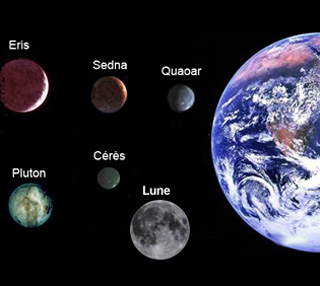 |
| ||||||||||||||||||||||||||||||||
Characteristics of Sedna | ||||||||||||||||||||||||||||||||||
Situated in an almost empty space, Sedna is more red and more brilliant than any object of the solar system. The scientists have not determined the reason of these unique characteristics yet. He could possess the small moon. In April, 2005 a more precise measure of the celestial body allowed to determine a complete rotation speed about 10 hours. At the time of its discovery, Sedna was the biggest object discovered in the solar system since the discovery of Pluto. Bigger objects ( dwarfish planets) were since discovered, as Eris. Sedna contributed to the new definition which returned the planets of the solar system for eight. Its orbit is very elliptic. its aphelia is approximately 942 UA of the Sun, its perihelia, that it should achieve en2076, is estimated at 76 UA. It makes a revolution in 11 486 years. According to David C. Jewitt, Sedna was not able to form there where she is: The disk proto planetary was too much fine in this place to engender an object of this size. | According to the scientist, Sedna formed either in the belt of Kuiper, or in the region of planets. It is later that it would have been ejected by a gravitational interaction, outside the orbit of Neptune. " A planet is a celestial body which is in orbit around the Sun, which possesses a sufficient mass so that its gravity takes it on the strengths of cohesion of the solid body and maintains it in hydrostatic balance ( spherical shape), and which eliminated any body moving on a close orbit ". | 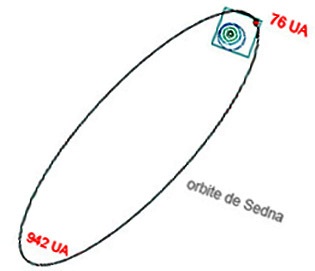 | ||||||||||||||||||||||||||||||||
"The data available on this site may be used provided that the source is duly acknowledged."



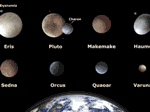 The dwarf planet does not make a clear cut
The dwarf planet does not make a clear cut
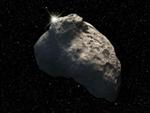 Kuiper belt objects
Kuiper belt objects
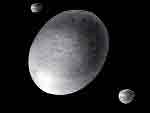 Haumea and her collisional family
Haumea and her collisional family
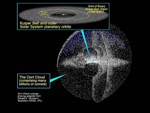 Oort Cloud, 50,000 AU from the Sun
Oort Cloud, 50,000 AU from the Sun
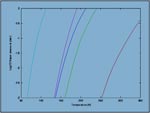 Solar System Ice Line
Solar System Ice Line
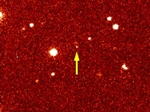 Sedna, the goddess of the frozen oceans
Sedna, the goddess of the frozen oceans
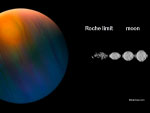 Roche limit
Roche limit
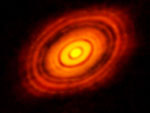 Hadean's Hell
Hadean's Hell
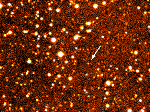 Quaoar a dwarf planet in the Kuiper Belt
Quaoar a dwarf planet in the Kuiper Belt
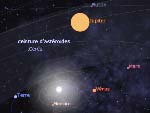 The 40 largest objects in the solar system
The 40 largest objects in the solar system
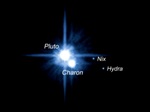 Pluto and its satellites
Pluto and its satellites
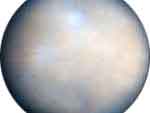 Ceres, the dwarf planet of the asteroid belt
Ceres, the dwarf planet of the asteroid belt
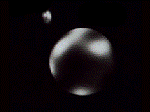 Pluto, dwarf planet since 2006
Pluto, dwarf planet since 2006
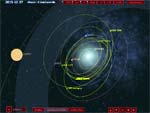 Simulator, the round of near-Earth cruisers
Simulator, the round of near-Earth cruisers
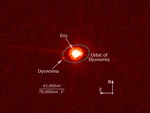 Eris, the dwarf planet and its highly inclined orbit
Eris, the dwarf planet and its highly inclined orbit